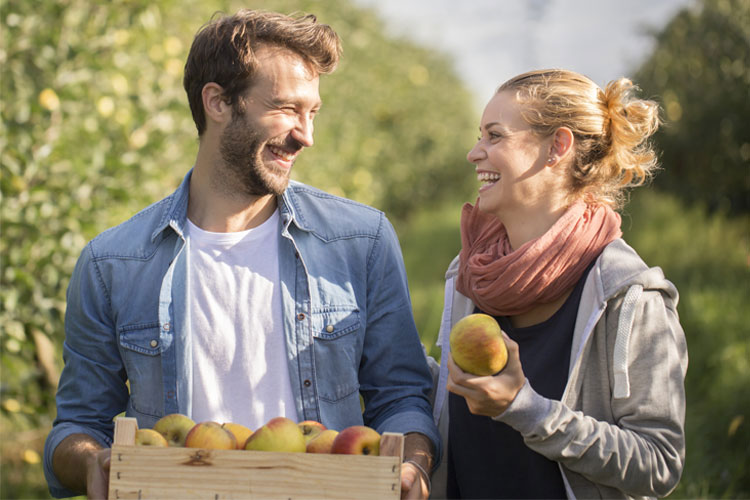Hicks Orchard

About Us:
Hick's Orchard is New York's oldest U-pick orchard. It's been over 100 years since the gates to the orchard were opened so neighbors and town folk could pick their own fruit. But the history of Hicks Orchard goes back even further. The fruits of farming have been harvested from this fertile land since the late 1800's. And apples weren't the first pick-your-own crop here...
Orlando Hicks first purchased the farm at Slyboro Corners in 1865. For 30 years, Orlando and family practiced traditional north country farming, with cows and fields of feed-hay blanketing the land. Then, in 1895, Orlando made the decision that would come to define the Hicks farm for the next hundred years: He planted his first orchard apple orchard.
Since then, thousands of apple trees have been planted, countless millions of apples harvested, and generations of Hicks - and now Wilsons - have taken their turn at the art and science of growing apples, assisted by generations of local families at harvest time.
Careful observers can discover traces of the historic farm amidst the real and imaginary shadows of today's Hicks Orchard. Cows required plenty of pastureland and a large barn, in exchange providing the farm with milk, cream, and butter. Horses, besides pulling the family's wagons and carts, provided the power for transforming the woods into open pasture, for planting the animals' hay and the family's food crops, and for hauling lumber and stone used in constructing the house and other buildings of the farm (many still standing today). Chicken coop, smokehouse, corn crib, workshop, blacksmith shop - all were essential to a self-sustaining farm. A pond was both a source of water and home to fish. Beehives were kept to pollinate the fruit trees.
To keep the family supplied throughout the winter, harvested food was canned and preserved in every way possible. Of course, fresh cider was pressed on-site (the original pressing room was located in the woodshed of the main house). Cider vinegar was made for pickling, and sometimes a barrel or two of fresh cider was allowed to get "hard." On occasion, when neighbors lent a hand getting the hay in, they might be rewarded for their efforts with a dip of their cup into one of those barrels.
